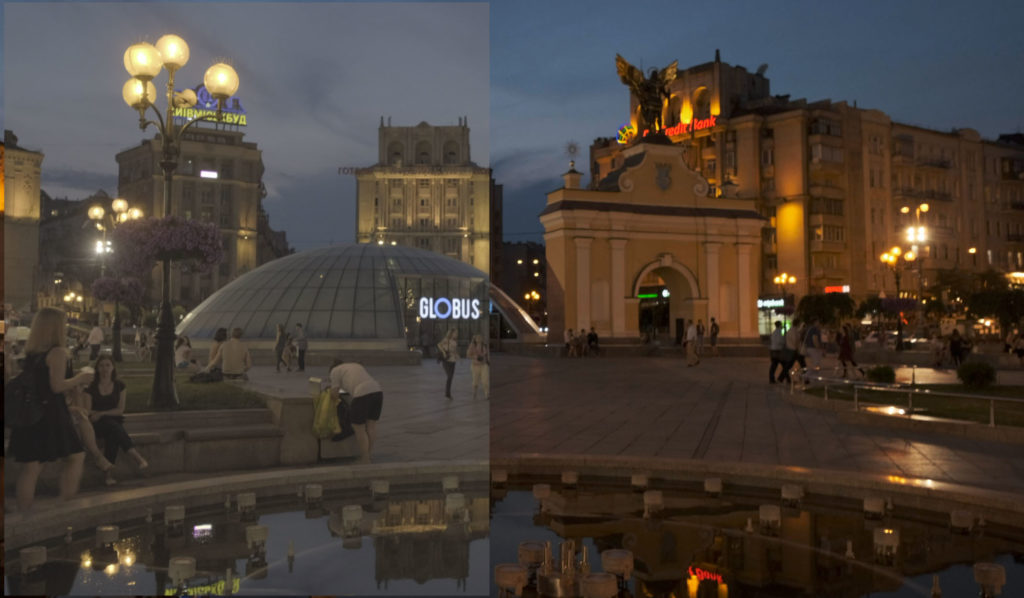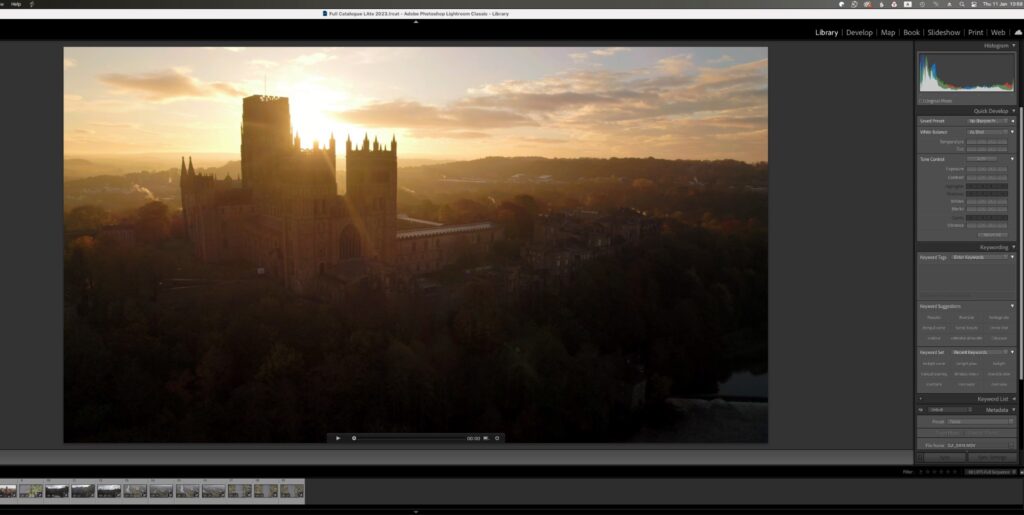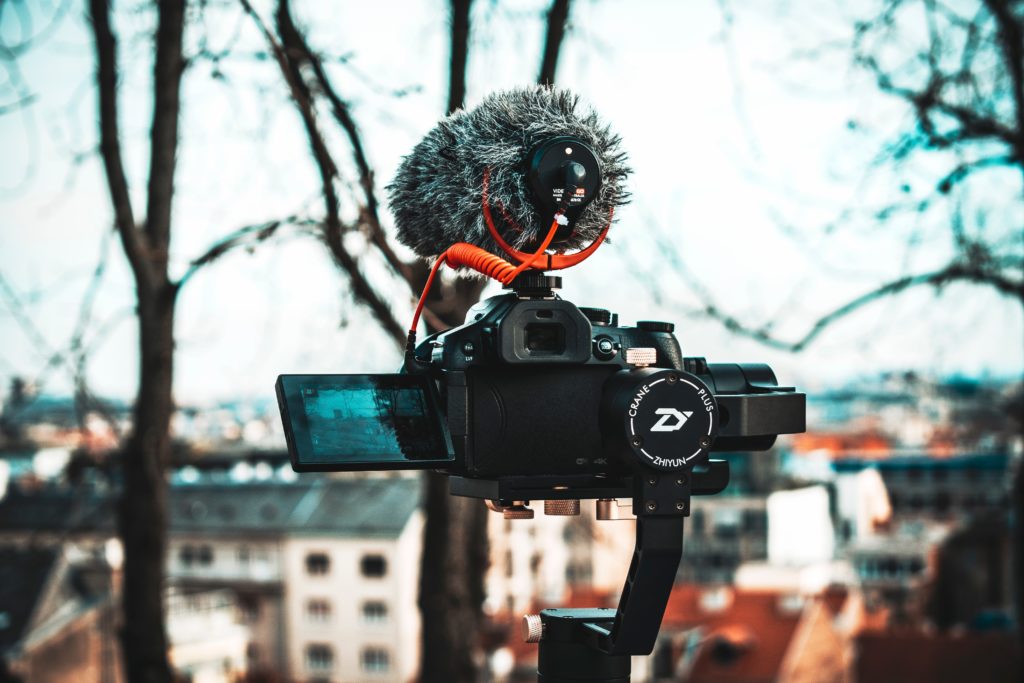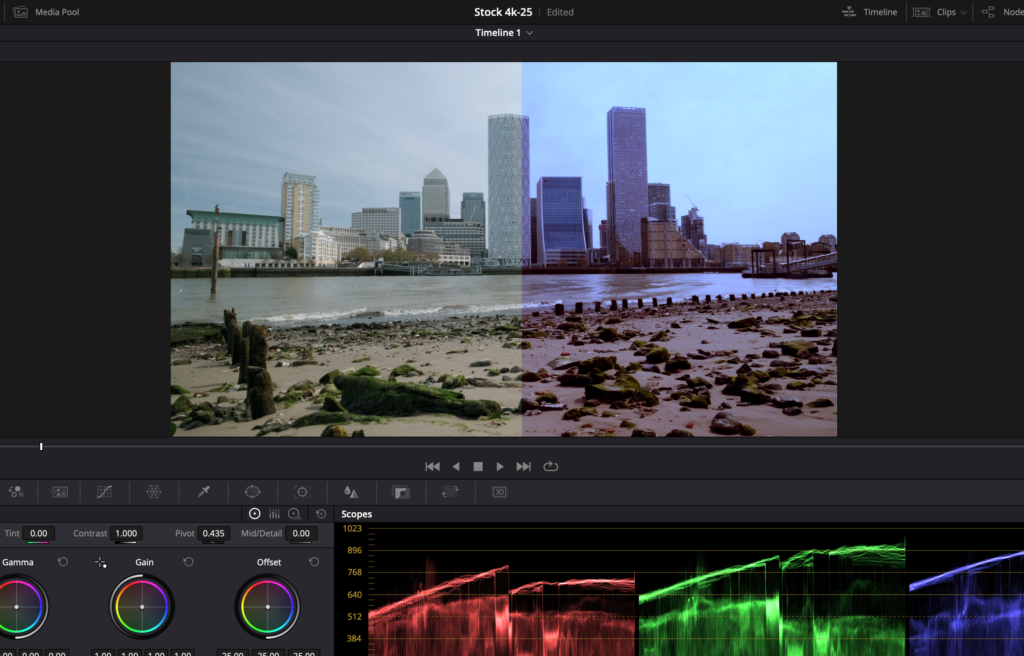Chances are that at some time you have shot video on your stills camera. The chances are also pretty high that you were surprised at the great quality of that video. What you might not know though is that you may not even be touching on the best video quality that your camera is capable of.
Most DSLR and Mirrorless cameras record video in much the same way that they record JPEG image files. They apply sharpening, colour, and tone corrections then compress the file down to a more manageable size. Those acts of compression and correction degrade the image. However, we can negate some of those issues to get a much purer video file by using LOG and recording to an external recorder.

What Is Log Footage?
There are some misconceptions about LOG files. The most common of which is that they are the same as RAW image files. This is not true. Log is more like a very flat color style applied to the video file. Like a JPEG, the video file is still compressed, it still has data baked into it.
However, that data will be a very flat tone curve and low saturation to the colours. This leads to a very flat, almost RAW like file that requires work in post-production but gives more leeway for manipulation.

What Are The Advantages Of Log?
Like JPEG files, compressed footage from our cameras has little leeway with which to work with. When we shoot Log, because we have flattened out the colour, saturation and tone curves, we are able to push our files somewhat further in post-production. This is especially useful when grading footage or attempting to match footage to other cameras.
The other main advantage of shooting Log is that it does not increase our file sizes. Most modern DSLR/Mirrorless cameras will shoot to a .mov or .mp4 file in either H.264 or H265. These are highly compressed video files designed for delivery rather than editing. Shooting Log does not change the amount of information that is written to the card, just the type of information.
Those cameras also mainly shoot in 8 bit, 4:2:0 color meaning less information is used to create the video file, giving us those smaller sizes. This is, however at the cost of image quality.
Some more expensive cameras, however, have the ability to send a much higher quality video signal to be reordered outside the camera. This is where the external recorder is needed. So the advantages of Log are:
- Much greater control over exposure and color
- No need for much faster, more expensive memory cards

What Is An External Recorder
Most external recorders are actually two distinct things. They are a larger, often much brighter extra monitor plus a high-speed video and audio recording device. Depending on which device you buy, they will record video onto ultra high-speed memory cards such as SD U3 UHSII or CFast cards, a type of beefed up, ultra quick compact flash card. Alternatively, they may record to high-speed SSD drives fitted internally.
External recorders work by taking a much higher quality, clean video feed direct from the camera via an HDMI port. This is then saved to recorder’s drive in a much less compressed video codec than H.264 or H.265. The most common codec used is Apple’s ProRes which is more of an editing codec than a delivery one and contains much more information.

What Are The Advantages Of Using An External Recorder?
The biggest advantage is that rather than having to compress all the color information into 4:2:0, 8-bit files, an external recorder can record 10 bit 4:2:2. To give this a little perspective, an 8-bit file can only capture 256 shades of either Red, Green or Blue. A 10-bit file multiplies that to 1024 shades per channel. A massive increase in color information.
As well as this, recording to a much less compressed codec such as ProRes gives much higher quality video files. There will be less artifacting, especially in areas of movement, more dynamic range and when combined with Log, the end files will be much easier to grade and edit in post-production.
Of course, another major advantage is the fact that you have a brighter, larger, higher quality monitor with which to compose your video. Many cameras will allow you to output aids such as histograms to the monitor as well as adding compositional grid overlays.
Lastly, many stills cameras are handicapped by an EU rule restricting them to a maximum of 30 minutes of video recording time in one shot. This is to differentiate between video and stills cameras for tax purposes. Using an external recorder can circumnavigate this restriction.
Of course, higher quality means much bigger files sizes, so you will need to make sure you have both space and enough computing power to edit them.
In summary, then the advantages of external recorders are:
- Recording to 10 Bit for higher color fidelity.
- Recording in less compressed codecs such as ProRes.
- A larger, brighter monitor to compose with.
- Bypassing the 30-minute record restriction

Which External Recorder Should I Buy?
There is no getting around the fact that external recorders are expensive. The cheaper ones you may see are restricted to HD 1080p rather than Ultra HD 4K. The vast majority do not come with things you might expect them to.
For example, most are not supplied with batteries, cables or even memory cards or SSD drives. These are optional yet vital extras. This, in turn, makes purchasing a decent external recorder quite an expensive proposition.
The big names in recorders are Atomos and Blackmagic. The best bang for your buck from these two are:
- Atomos Ninja V. Records 10bit in 4K at 60fps over HDMI 2.0. Has a 5” 1000 nit monitor and uses approved SSD drives to record to. These are not supplied, neither are batteries. Price around $699
- Blackmagic Design Video Assist 4K. Records up to 4K 30p on UHSII SD cards and features a 7” monitor. A 64GB SD card is included but batteries and cables are not. Price around $899
If you are serious about shooting video then shooting in Log should be your first consideration. Most mid to high-end 4k capable still camera have an option to shoot Log in camera.
If you are looking to get the ultimate, cinematic quality out of your camera, then an external recorder is the way to go. The quality of video you will get will be outstanding but it will come at a considerable cost.




